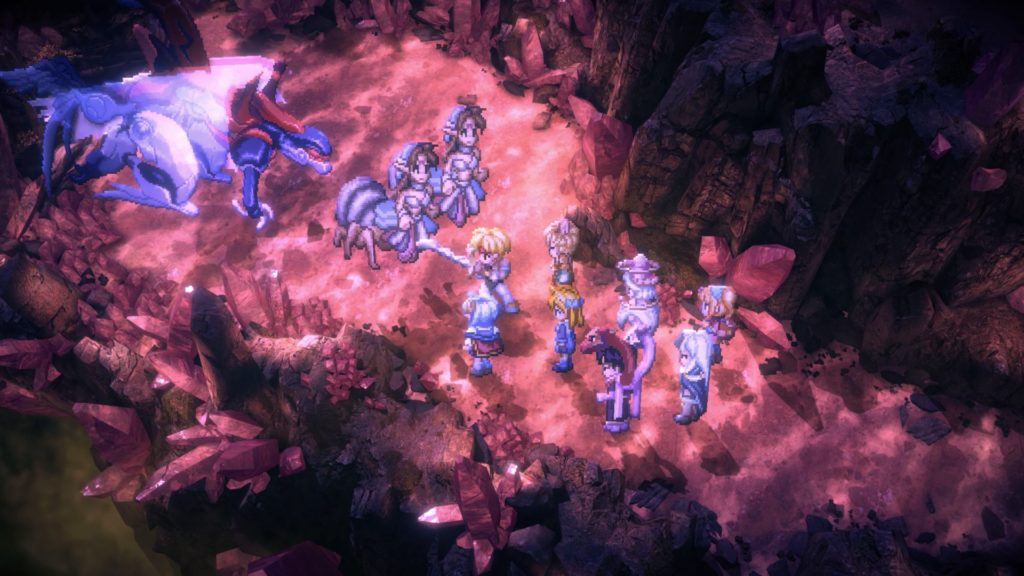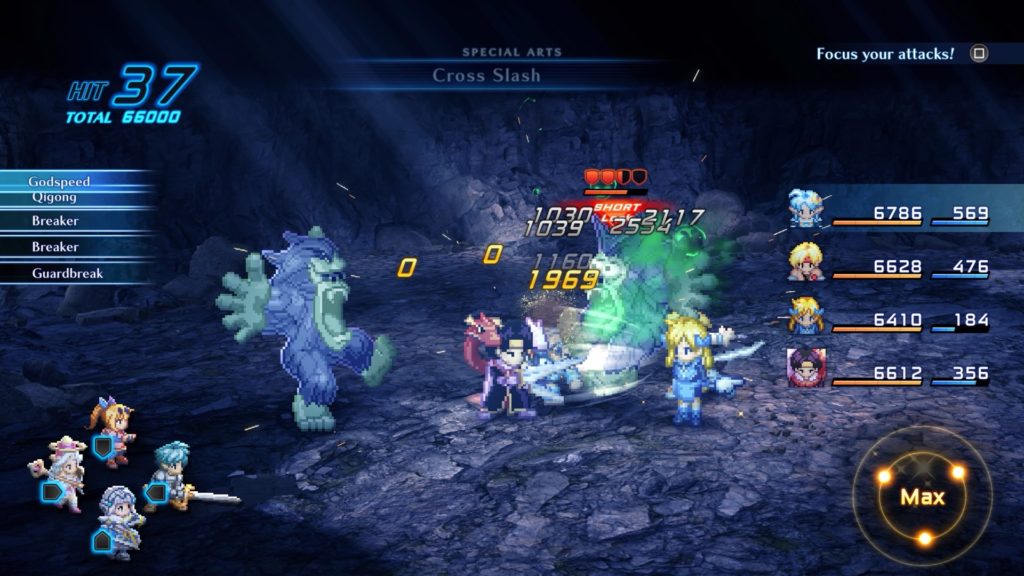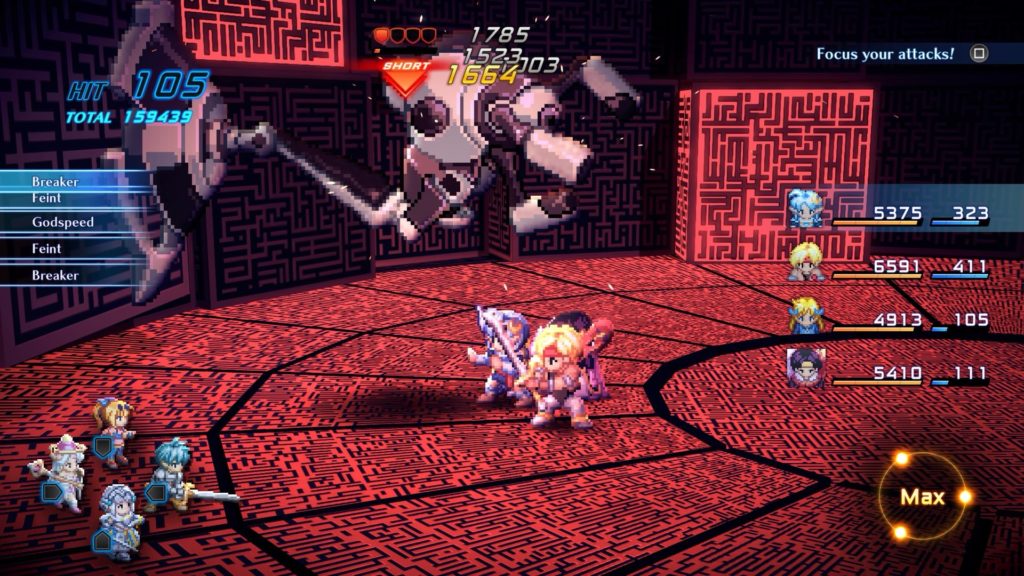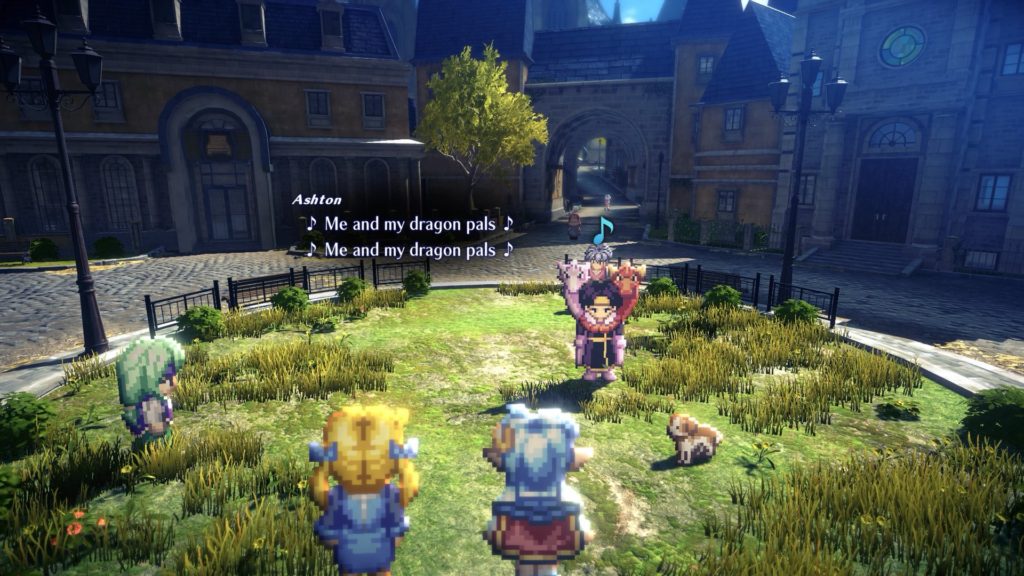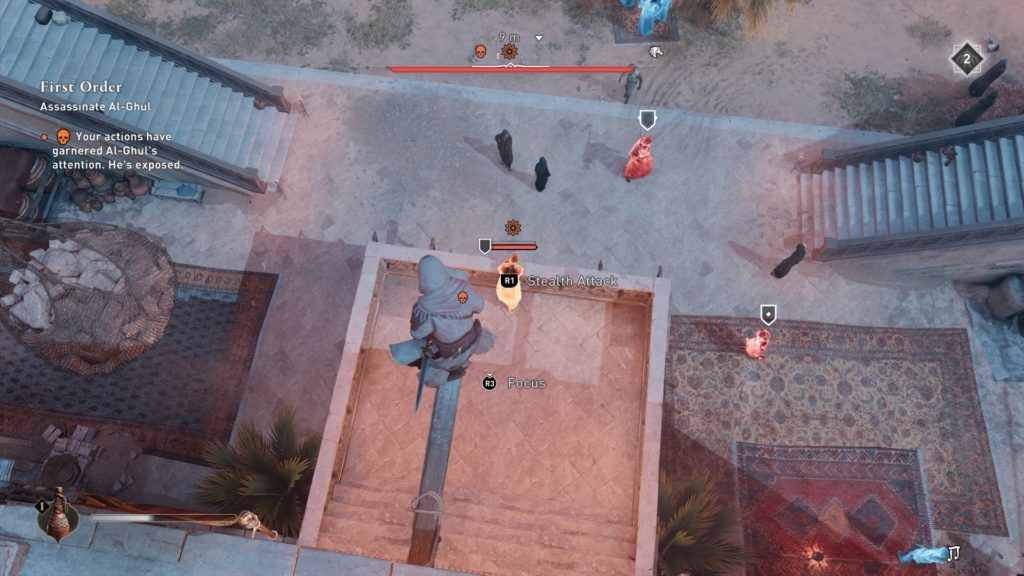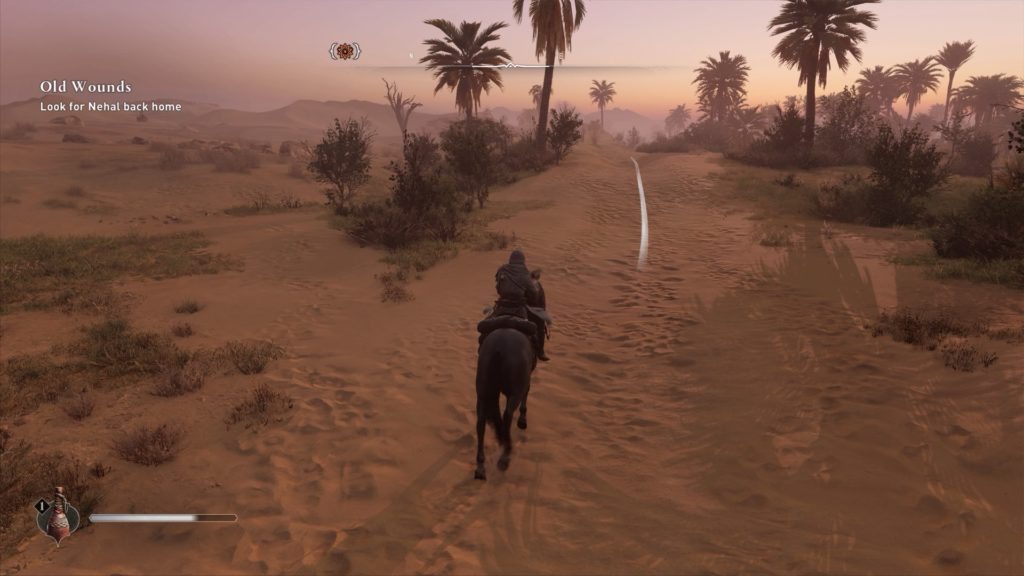- Genre: Platformer
- Platform: PS5
- Also Available On: Windows, Switch, PS4, Xbox One, Xbox Series
I’m not really sure whether I liked this game. Fundamentally I guess I do, in so much as it’s a carbon copy of Jet Set Radio. However, it’s one thing to pay homage to a series that’s been ignored and another thing entirely to outright copy the formula and not actually change much about it. It’s then even more egregious that it pushes one of the worst features of the original series to the front, much to the game’s detriment. So I guess, this is a strange one.
This is a game made to satisfy a very particular niche – people who wanted a sequel to Jet Set Radio. In that regard, I guess I’m that person. That series is basically the only reason that I bought the Dreamcast and the original Xbox. What is in place here satisfies that very need. It’s got the visual style down precisely, feeling retro without being kitschy. It’s got the strange mix of inline skating (or BMX or skateboard) and platforming that somehow works despite the jank. It’s got an unbelievably good soundtrack. All of the good of the original game is there. On the good side, the camera is definitely improved in a lot of cases, which makes the overall flow of the game much better.
However, that also comes with all of the bad still generally being there. The platforming is still imprecise in ways that can feel unpredictable, particularly in spots where your camera is changing quickly. For example, going off a quarterpipe has a really smooth camera to follow the direction of movement, but jumping hard snaps the camera in your new direction of movement. It’s both somewhat unpredictable in direction and totally disorienting. There’s still points of vague collision where you’ll bonk off a rail instead of capturing it, which can make longer trick chains pretty inconsistent to pull off. Tricks are there, but there’s no skill to the timing of them and there’s very few of them, so it’s just generally button spam when scoring is in place.
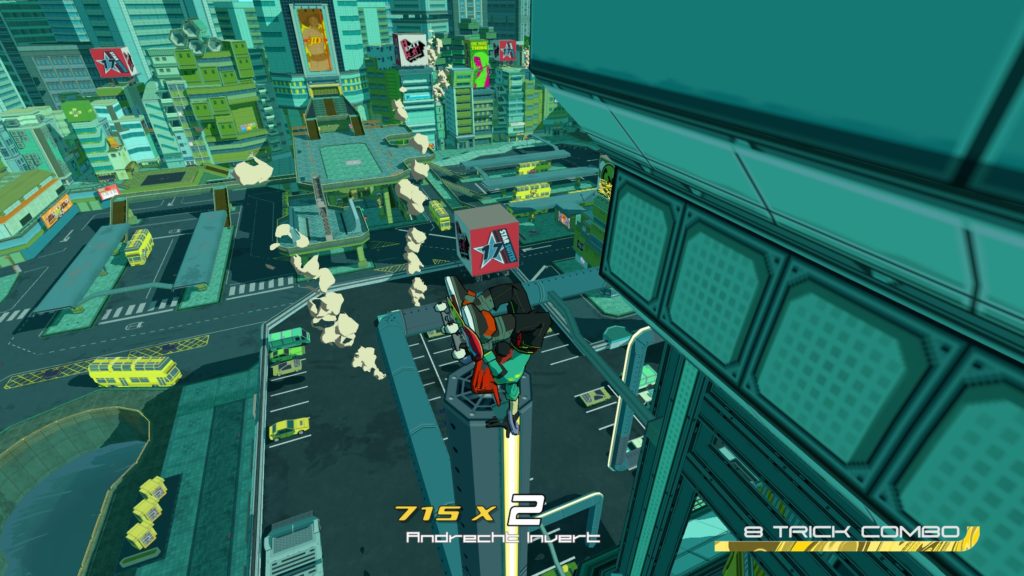
The worst part is that they took the bad combat and cop mechanics and somehow made it more present. On the combat side, it’s still just button spam to attack. Ya you can boost for more damage, and it’s effective. Ya you can do jump attacks and what not. However, it’s all just garbage combat with bad shot avoidance and very little indication of the damage state of the enemies. This would probably be fine if combat was restricted to story segments, but the cops are always there. The second you lay your first tag in general traversal, you have cops after you. Nearly every tag after that brings it up in threat. This is compounded by the fact that every time you increase threat you get stuck in a cutscene. That you see every time you hit that threat. That you keep hitting because you keep dropping threat. It’s miserable. You can drop threat by changing outfits, but the spots to change are often out of the way and can’t be immediately reused. It’s a bad version of the GTA star system in a game with bad combat that you’re always going to be activating. It’s baffling.
As a dev it’s not that I don’t have sympathy for this being such a carbon copy. The Jet Set series has had some internet cache as a series that deserves a sequel, so I totally get the reason that an indie team would go for something that has high likelihood for sales. That provides a ton of potential for stability for a small team. However, I guess I also think that if you’re going to do that you should be providing an experience that is….less blatant? There’s so many things that could have been improved here over the original. Combat could have been better. Collision could have been better. The police system is miserable and should have been better. It just feels like a missed opportunity. Ya, totally take the core gameplay that is there but at least respect the fact that games have improved a lot in 20 years.
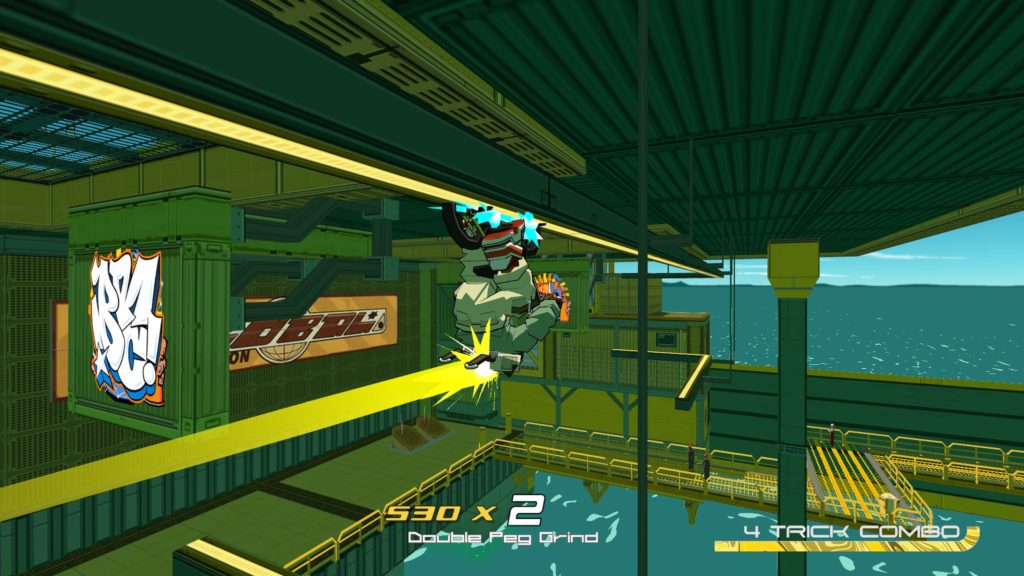
Which I guess brings us to the point where I think you’d expect me to say not to play this game, but I can’t. It’s frustrating as hell that this is a game that wasn’t modernized, but it’s still fun. Despite the problems this proves that the Jet Set series has legs to it. This may not be a modernization of the formula, but it at least provides more to the formula, so from that perspective I guess I totally recommend the game. However, do go into it with the knowledge that you’re playing a game that for better or worse did not try to improve upon where it’s coming from.


